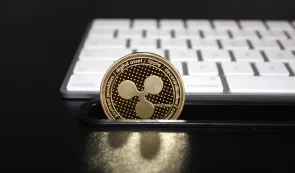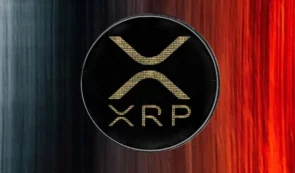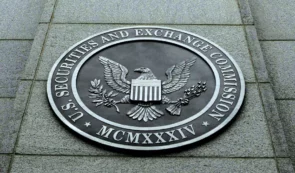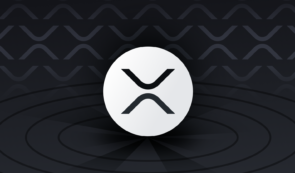What is XRP
XRP is a cryptocurrency that the XRP Ledger manages, a blockchain developed by Jed McCaleb, Arthur Brito, and David Schwartz.
Ripple is a real-time gross settlement (RTGS) system that is a dedicated network for money transfers, currency exchanges, and remittances. Launched in 2012, it was created by US-based technology company Ripple Labs Inc. and is validated by independent servers.
History of Ripple
Jed McCaleb, an American programmer, and entrepreneur, originally conceived the idea for Ripple in 2011 and gave it the name OpenCoin a year later. Before that, he founded Mt. Gox, a company with the vision of being a card exchange for the notorious game ‘Magic: The Gathering’, which became an influential and famous exchange for Bitcoin.
In September 2013, OpenCoin became Ripple Labs. XRP, its cryptocurrency, was launched the same year, with 80 billion tokens given to the company and 20 billion to its co-founders. The purpose of XRP was to serve as an intermediary mechanism for exchange between two currencies or networks.
Ripple describes itself as a global payments network and counts major banks and financial services among its customers.
By 2018, more than 100 banks had signed up to use Ripple, though most of them use the messaging capabilities of the infrastructure rather than the XRP cryptocurrency itself.
In 2020, as part of a lawsuit against Ripple, the Securities and Exchange Commission (SEC) classified XRP as a security, not a commodity. It alleged that Ripple’s management allowed the sale of unregistered securities.
Structure of XRP
Unlike other forms of cryptocurrency, such as Bitcoin and Ethereum, Ripple is not composed of a blockchain but of a so-called “hash tree.” XRP can’t be mined because it has a limited number of coins: 100 billion.
Ripple works like a blockchain because multiple nodes (nodes) are used to process a transaction. The payment process involves someone sending a transaction, information that gets a single value and is sent to a shared public database, validating servers or nodes that share the information, and – if individual servers report a match – the transaction is authorized and processed.
The system is not similar to Bitcoin because it does not include proof of work (whereby a miner in the Bitcoin blockchain completes a complex equation to show the work before the block is accepted into the chain). In contrast, Ripple’s model is based on consensus. Once consensus is reached, the transaction is cleared. For this reason, Ripple’s network can process 1,500 transactions per second, while Bitcoin can process between three and six such transactions.
Furthermore, Ripple is not exactly decentralized in the way that Ethereum’s network is decentralized, for example. The developers have some control over a mechanism that protects the system from malicious operators. However, this also means that Ripple can technically control which servers are accepted into the network (making it a central authority). This is why some would even say that XRP is not a real or standard cryptocurrency.
Advantages of Ripple
- Fast settlement. Transaction confirmations are extremely fast. They typically take four to five seconds compared to the days it can take banks to complete a wire transfer or the minutes or possibly hours it takes to confirm transactions with Bitcoin.
- Very low fees. The cost of making a transaction on the Ripple network is only 0.00001 XRP, which is literally a negligible amount.
- Universal exchange network. Ripple’s network doesn’t just process XRP transactions. But it can also be used for other fiat currencies and cryptocurrencies.
- Large financial institutions use it. Large enterprises can also use Ripple as a platform for transactions. Santander and Bank of America are a couple of them that use this network, showing that it already has more institutional market acceptance than most cryptocurrencies.
Disadvantages of Ripple
- Somewhat centralized. One of the reasons cryptocurrencies have become popular is that they are decentralized, taking control away from big banks and governments. Ripple’s system can be somewhat centralized due to its default validator list, which contradicts this philosophy.
- A large pre-mined supply of XRP. Although the majority of the non-circulating supply of XRP is stored in escrow, it is possible that large amounts could be introduced at inopportune times, which could affect the value of XRP.
- Securities and Exchange Commission action against XRP. In December 2020, the U.S. Securities and Exchange Commission (SEC) filed a lawsuit against Ripple, saying that because it could decide when to release XRP, the company should have registered the token as a security. The fintech firm denied the charge.



